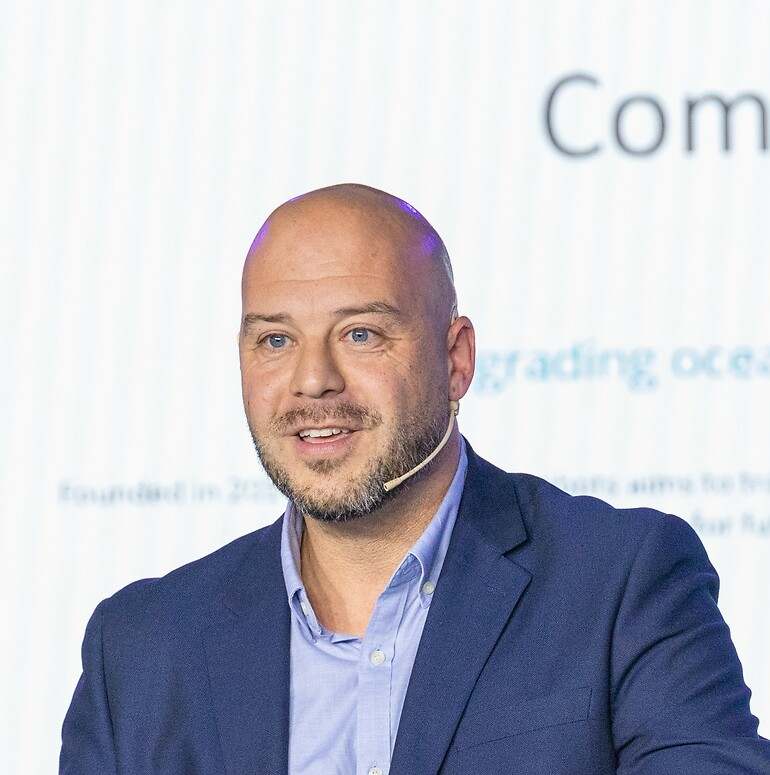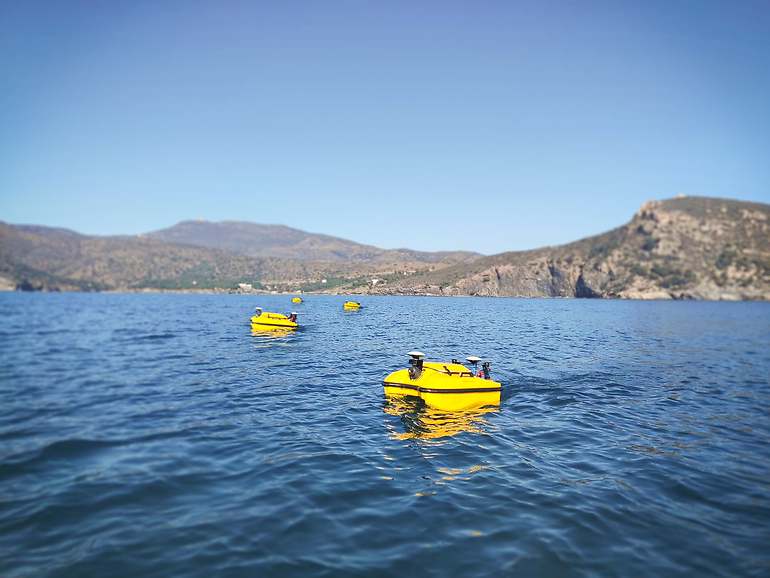Seabots signs its first defense contracts with Telefónica and Indra

Seabots , a manufacturer and operator of underwater robots, has recently signed its first defense contracts . This expansion of its service portfolio, initially focused on monitoring civilian targets (infrastructure such as submarine cables and ports) and the environment, has emerged from several real-world experiences, as explained by the company's founder, Pau Guasch .
"After the DANA, the Special Underwater Activities Group (GEA) of the Civil Guard used our robots for several weeks in Valencia. It was a success, and based on that experience, they bought one from us," explains the entrepreneur. The purchase was made through Telefónica Defensa y Seguridad, a supplier to the armed forces. In parallel, new defense spending requirements have led the Navy to invite the firm to upcoming NATO exercises in Portugal. They have also conducted tests with Indra and the UME (Military Emergency Unit). As a result of these events, the company has tested its technology in the fields of security and defense , whether for intelligence, rescue, or detection of contaminating materials, among others.
At the same time, the company born out of GPA Innova has also rethought its business model. Without abandoning the direct sale of devices, Seabots has opted to approach its solution as a service , known in industry jargon as Robotics-as-a-Service (RaaS). Customers can now hire both the robot and the operator for a specific job. The company has made an effort to improve its software. to control missions and obtain data.

Autonomous robots are designed to explore waters near the coast , up to one mile from the shoreline (approximately 1.8 kilometers). This area concentrates the bulk of human activity and, therefore, requires greater monitoring. "Today, ad hoc missions are usually deployed to carry out this task , but there is no permanent infrastructure to continuously monitor this area," Guasch points out.
"We have satellites, boats, diving equipment, and buoys, but there's no dynamic sensor that can adapt to the needs of each moment and microenvironment," the entrepreneur continues. Measuring one meter in length and weighing between 30 and 50 kilos, depending on the sensors attached, Seabots' devices show an advantage over bulkier alternatives.
" Our robots operate virtually unsupervised . They recognize their surroundings and can make intelligent decisions based on assigned objectives," explains Guasch. The next step is to get them to work collaboratively . Seabots uses the neologism coastellation , a combination of the words "coast" and "constellation," to convey this network of interconnected robots along the coastline. It has recently filed two patents to advance the orchestration of its robots.

To date, Seabots has manufactured 45 robots , of which 35 have been sold and are operating in 15 countries. The company expects to reach $1.5 million in revenue by 2025.
For its part, GPA Innova presents itself as a technological innovation platform designed to develop solutions with a strong engineering and industrial focus. The laboratory offers common services and synergies to all its subsidiaries, which benefit from a shared environment of creativity. GPA Innova currently has nearly 230 employees, subsidiaries in six countries, and revenues expected to reach nearly €40 million by 2024.
eleconomista





